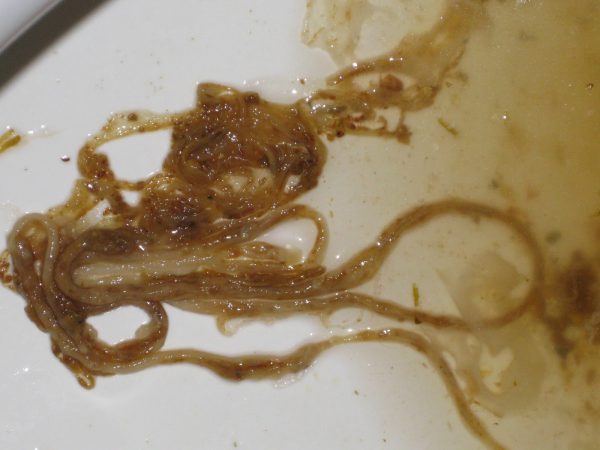

The hookworms can burrow through the skin and infect the dog. Through Skin Contactĭogs can get hookworms by coming into contact with stool that has the larvae in it. The parasite lives inside the flea, so when a dog accidently eats fleas, they become infected with the parasite. Some worms are transmitted through another host.įor example, tapeworms are transmitted via fleas. When they are consumed, they become active and multiply. These types of worms form cysts in the muscle tissue of animals. Some tapeworms and flukes can be transmitted when a dog eats raw meat. Through a mother’s milk when puppies are nursing Through the placenta before puppies are born That means that your pet comes into contact with microscopic parasitic eggs that are present in fecal material (poop) and accidentally ingests the eggs. Worms are usually transmitted through a fecal-oral route. These will be explained further within the sections for each type of worm. These are a few different ways a dog can get worms. This article will tell you everything you need to know about the most common parasitic worms in dogs, and how to treat and prevent them.Īre there home remedies for worms in dogs? The vet will perform a special test or examine the sample under a microscope to check for worms. You might also think that your dog doesn’t have worms because you haven’t seen any.Ī fecal exam is needed because the majority of worms will not be visible to the human eye-except for tapeworms, in some instances. But every dog is at risk for worms, no matter where they live or how much time they spend outside. Many pet parents that come into the office think that their dog couldn’t possibly get worms for one reason or another.

Why do veterinarians always want a stool sample at annual visits? Well, the stool sample is used to screen your dog for intestinal parasites-or worms-in their poop.


 0 kommentar(er)
0 kommentar(er)
